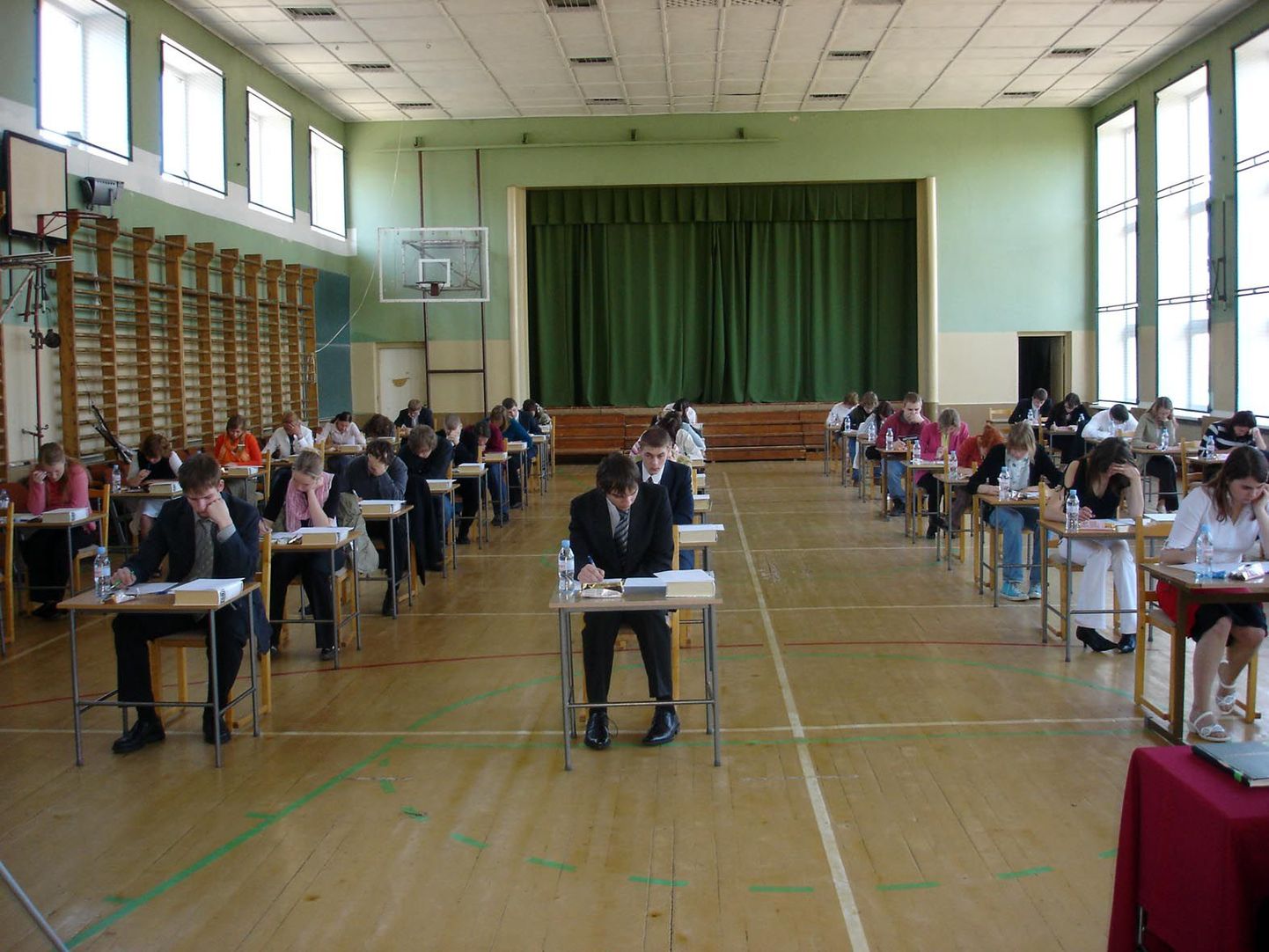
Tallinn University yesterday hosted discussions on what to conclude from PISA test results. As pointed out by educational scientist Krista Loogma, academic achievements of children from families of varying financial status greatly differ.

Tallinn University yesterday hosted discussions on what to conclude from PISA test results. As pointed out by educational scientist Krista Loogma, academic achievements of children from families of varying financial status greatly differ.
According to Ms Loogma, the picture is pretty as compared to other countries, Estonia ranked amongst lands where options for education are equal no matter the socioeconomic background.
«But looking a little further from there, at least three aspects struck my eye as to how socioeconomic background of students in Estonia still does affect the results,» said Ms Loogma.
According to her, in math the wealth difference amounted to 64 points equalling one and a half academic years (in PISA tests, an academic year equals 39 points). «This makes one think,» said the scientist.
«The other aspect was impact of parents being unemployed – this means falling behind by one school year. Third aspect: it clearly stands out that education level of Mothers strongly impacts results. And this is positive, as in my opinion this is reason for us to rejoice that Estonian women have a comparatively high educational level spilling over into results achieved by children,» said Ms Loogma.
Also, as pointed out by Ms Loogma, such schools as choose their students averaged 25 points higher, in math, than those that do not.
Ms Loogma stressed that the PISA truth is not the whole truth. «Firstly: this is statistical truth and will not concern everyone; secondly, as pointed out by critics of PISA, results of it – and of international studies as such – do produce statistical data on education which ought not be treated as absolute,» she stated.